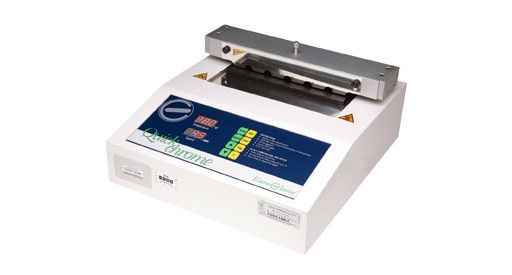The aim of Cytogenetic investigation is the study of cellular chromosome compliment as an organised representation of the nuclear genome. The chromosome content or karyotype is classified on the basis of both chromosome number and morphology, which are fixed characteristics for a particular species. In the human species every cell contains 46 chromosomes grouped as 23 pairs (except germ cells). As a result of mutations, the karyotype may undergo numerical as well as morphological changes giving rise to chromosome numerical aberrations and chromosome structural aberrations, respectively. In man, most diagnostic procedures utilise cultures of lymphocytes, bone marrow cells, embryonic cells from amniotic fluid, chorionic villi, and skin fibroblasts. From the clinical point of view, cytogenetic analysis is a fundamental tool for prenatal and postnatal diagnosis of several pathologies concerning general and specialist medicine: it is the basis of prevention programmes for congenital and hereditary diseases. Human chromosome research has been pursued for over a century and many innovations have been introduced, giving rise to the methods of chromosome-banding and molecular analysis that are used today in routine diagnostic procedures in clinical cytogenetics. Starting from 1980s advances were made in molecular cytogenetics including several technologies besides fluorescence in situ hybridization (FISH), comparative genomic hybridization (CGH), applications of microarrays and quantitative polymerase chain reaction (QF-PCR).





